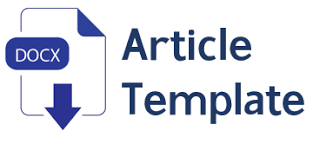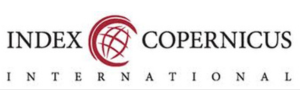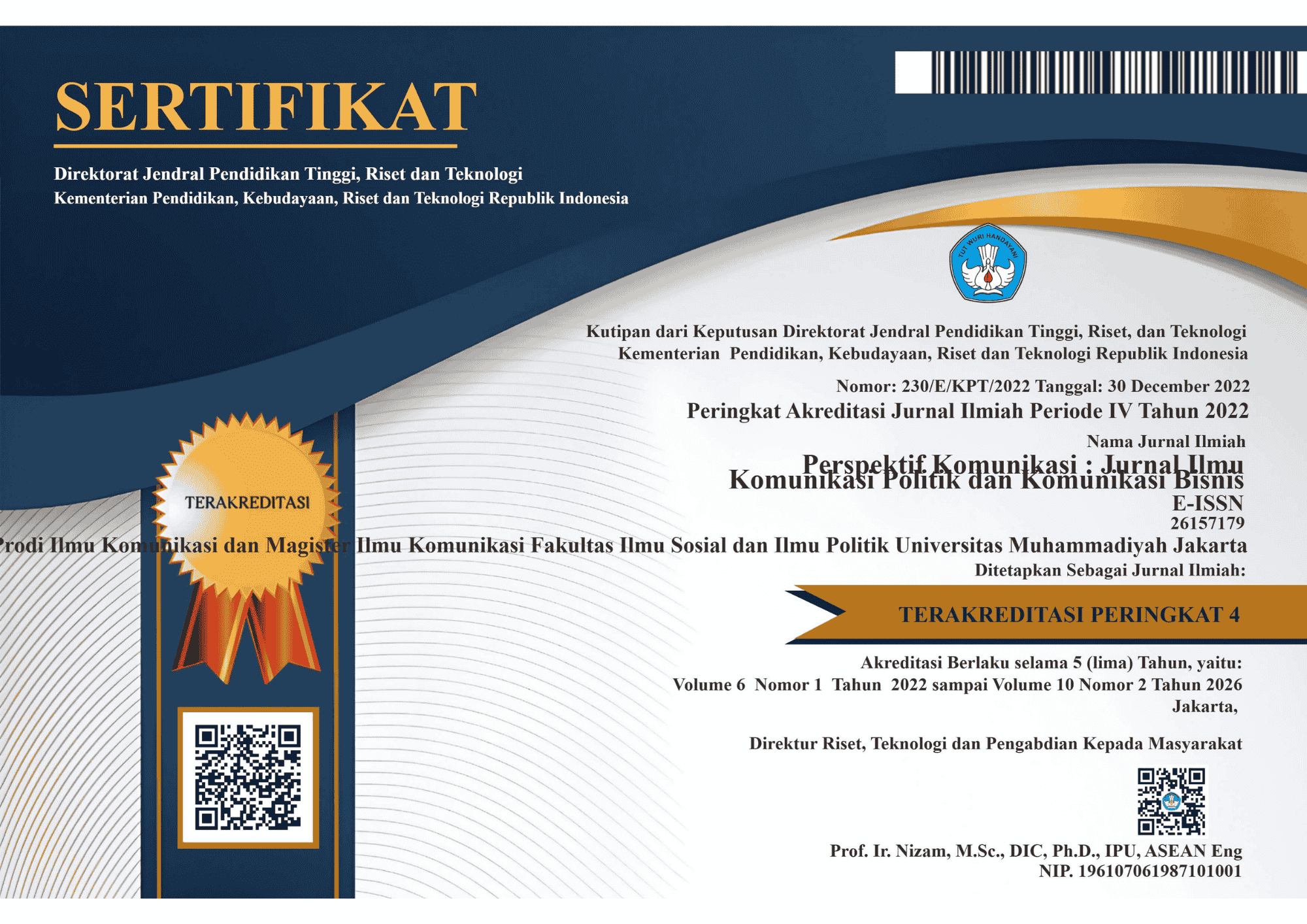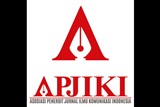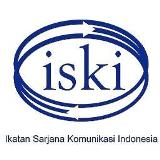AGENDA SETTING IN GENERAL ELECTION BROADCASTS DURING THE CAMPAIGN PERIOD ON METRO TV AND TV ONE
DOI:
https://doi.org/10.24853/pk.8.2.135-150Keywords:
Agenda Setting, Framing, Election Broadcasting, Television Broadcasting MediaAbstract
This study aims to examine the agenda-setting of election broadcast content on Metro TV and TV One during November 28, 2023, to February 10, 2024. It also seeks to identify differences in election coverage between the two television stations. Using a qualitative approach, the study analyzes election news aired during the campaign stage, focusing on variations in the political narratives presented. The findings reveal distinct agenda-setting and framing approaches between the two outlets. Metro TV frequently highlights the Anies Baswedan ticket, often portraying it positively compared to the other two presidential and vice-presidential candidates. In contrast, TV One adopts a more neutral stance, offering coverage that avoids overt bias while addressing violations related to the 2024 election. These findings contribute to the development of agenda-setting theory and have practical implications for both media and political discourse.References
Aminudin, M. A. V., Pratiwi, M. A., & Cahyowirawan, A. M. D. (2023). Dinamisasi Politik Identitas di Indonesia (Studi Kasus: Mobilisasi Gerakan 212 Pada Pilkada DKI 2017). Socius: Jurnal Penelitian Ilmu-Ilmu Sosial, 1(5).
Aryadi, (2014). Framing Analysis In Media Television News MetroTVOne Related Arrest by the Chairman MK Akil Mocktar Commission Case of Corruption. THE MESSENGER. 4(2). Juli.
Baran, S. J., & Davis, D. K. (2016). Mass Communication Theory. USA: Wadsworth.
Baumgartner, F. R. (2016). John Kingdon and the evolutionary approach to public policy and agenda setting. In D. P. Jones (Ed.), Handbook of public policy agenda setting (pp. 53–66). Edward Elgar Publishing.
Bocher, M. (2016). The Role of Policy Entrepreneurs in Regional Governance Processes. New Models of Governance in the Public Sector–Politics and..
Bungin, B., Syarif, N., Teguh, M., & Rossafine, T. D. (2019). Citra aktor politik Pilkada Gubernur dan Wakil Gubernur Provinsi Maluku Utara tahun 2018. LUGAS: Jurnal Komunikasi, 3(1), 1–13
Coleman, S., & Ross, K. (2015). The media and the public: "Them" and "us" in media discourse. John Wiley & Sons.
Entman, R. M. (2009). Projections of power: Framing news, public opinion, and US foreign policy. University of Chicago Press.
Eriyanto, (2002). Analisis Framing: Konstruksi, Ideologi dan Politik Media.Yogyakarta: Penerbit LkiS
F. P. Purwandini. (2017). Analisis Isi Opini Publik Tentang Kebijakan Pemerintah Analysis Of Public Opinion Content Towards The Central Government Policy In Social , Economic And Cultural Sector. J. KOMUNIKASI, MEDIA DAN Inform. 6(1). 65–74.
Griffin, E. A. (2003). A First Look At Communication Theory. Mcgraw-Hill Higher Education.
Hansen, A. (2015). Communication, media and the social construction of the environment. In The Routledge handbook of environment and communication (pp. 46-58). Routledge.
Hsia, H. J. (2015). Mass communications research methods: A step-by-step approach. Routledge.
Ilhami, F., Santosa, H. P., & Setiabudi, D. (2014). Pengaruh terpaan pemberitaan politik di media online dan terpaan pesan iklan kampanye politik di media televisi terhadap elektabilitas partai hanura. Interaksi Online, 2(2).
Iyengar, S. (2017). A typology of media effects. In K. Kenski & K. H. Jamieson (Eds.), The Oxford handbook of political communication (pp. 59–68). Oxford University Press..
M. A. Sofyan, P. Laksono, & M. Chabibi. (2020). Strategi Komunikasi Politik Ulama Nahdlatul Wathan Pancor Dalam Membentuk Opini Publik Pada Pemilihan Umum Presiden Tahun 2019,” J. Al-Tsiqoh (Dakwah dan Ekon., 5. (2). 57–73.
McCombs, M., & Shaw, D. L. (2005). The agenda-setting function of the press. The Press. Oxford, England: Oxford University Press Inc, 156-168.
Nimmo, D., & Geyer, G. A. (2017). Newsgathering in Washington: A study in political communication. Routledge.
Poti, J. (2020). Ekonomi politik, media dan ruang publik. Semiotika: Jurnal Komunikasi, 13(2).
Peter L. Berger. (1990). Tafsir Sosial atas Kenyataan: Risalah tentang Sosiologi Pengetahuan (diterjemahkan dari buku asli The Social Construction of Reality oleh Hasan Basari). Jakarta : LP3ES
Rani, M. (2014). Peran lembaga penyiaran televisi dalam kampanye pemilihan umum presiden dan wakil presiden. Jurnal Selat, 1(2), 92-100.
Rosenberry, J., & Vicker, L. A. (2017). Applied mass communication theory: A guide for media practitioners. Routledge.
Severin, W. J., & Tankard, J. W. (2001). Communication theories: Origins, methods, and uses in the mass media (pp. 115-117). New York: Longman.
Smith, B. L., & Lasswell, H. D. (2015). Propaganda, communication, and public opinion (Vol. 2314). Princeton University Press.
Putri, V. K. M. (2021). Teori agenda setting dalam komunikasi massa. Kompas.com. https://www.kompas.com/skola/read/2021/12/14/100000469/teori-agenda-setting-dalamkomunikasi massa?page=all (accessed Dec. 14, 2021).
Wadud, M. (2021). Book review: McQuail’s media & mass communication theory.
Walgrafe, S & P. V. Aelst. (2006). The Contingency of The Mass Media’s Political Agenda Setting Power: Toward a Preliminary Theory. Belgia : University of Antwerp.
Weaver, D. H., & Choi, J. (2017). The media agenda. In K. Kenski & K. H. Jamieson (Eds.), The Oxford handbook of political communication (p. 359). Oxford University Press.
Ytreberg, E. (2002). Erving Goffman as a theorist of the mass media. Critical Studies in Media Communication, 19(4), 481-497.

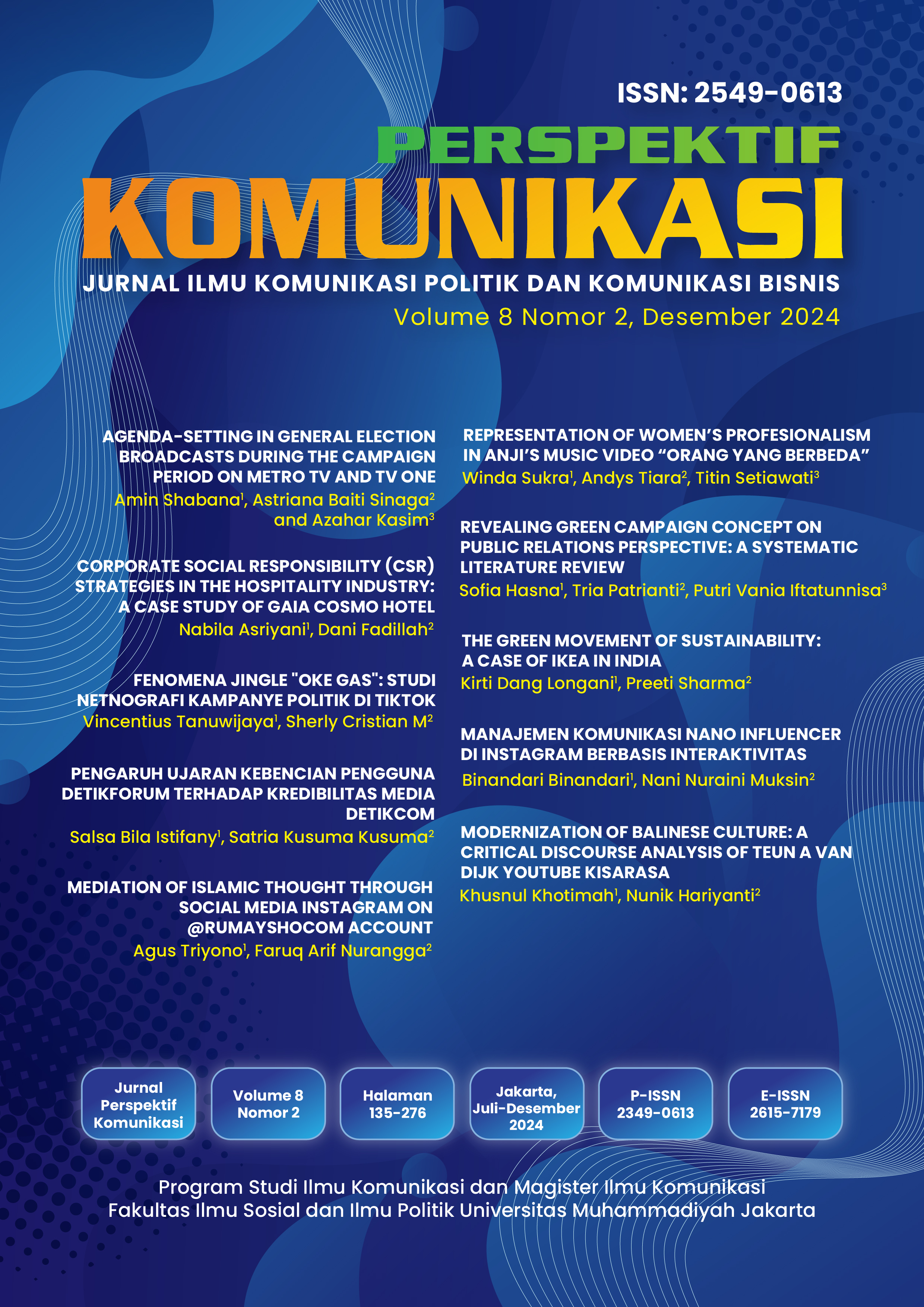
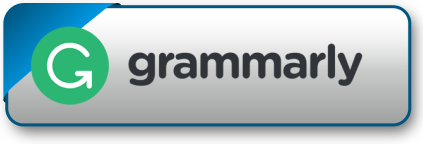
_2.png)
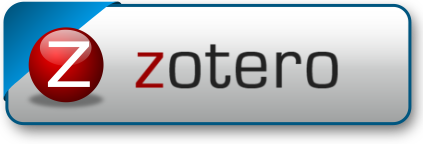
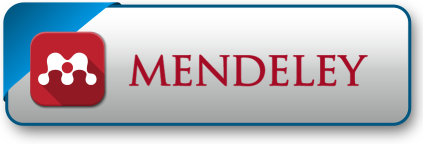
1.png)
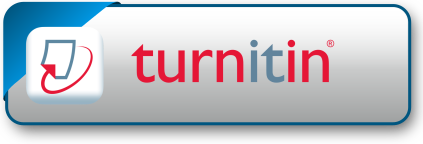
2.png)
